Developing a subsystem for your game? Need to make it dynamic anyway? Why not take that extra step and make it a Unity plugin? That extra step is a big one…
Intro – “The challenges of dynamic system design”
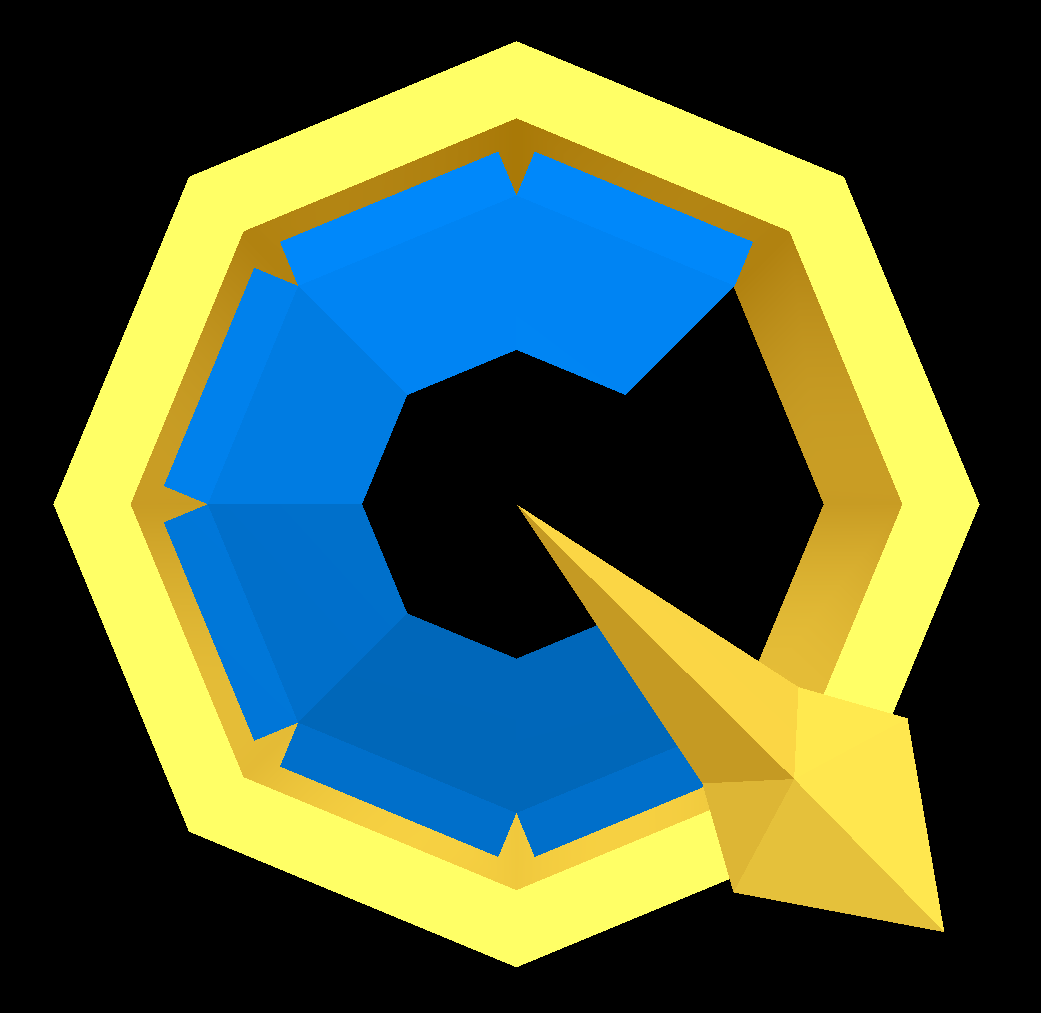
Custom Quest evolved during development, from a minor quest system useful for our own needs in our own game production Quest Accepted, to something entirely more dynamic and customizable.
Splitting what is a major production for a small indie team, into smaller installments such as a quest system was a good idea we thought, this way we can get some releases out there and fuel the development of our game. But building a system that works for yourself is one thing, building a unity plugin that will let other developers create quests, missions and objectives, you would never have thought of is something else entirely.
The first thing we had to realise was that when building a quest system, the task is not to design great quests, the task is to enable the users to create great quests.
That still meant we had to find out what good quest design is and what a quest really is.
Our task was to create a system where the user is free to create creative engaging and rewarding mission experiences for their players.
What is a quest? – “Cut to the core”
First off, we need to know what a quest really is.
A quest is the pursuit, search, expedition, task or assignment a person(s) does in order to find, gain or obtain something.
In games, quests and missions function in many different ways depending on the genre.
A single game can contain a multitude of different types of quests put together in just as many ways. In an MMO for instance quests are vehicles for the story and the player’s progression. In many cases they are formulaic and simple, some can even be repeated, there are hundreds of them and everyone can do them. In other games quest are for single player campaigns only, here they shape each level giving the player a sense of purpose.
Quests can span the whole game or just be a minor optional task on the way, there are so many design philosophies and creative quest designs that we had to narrow it down and really cut to the core of what is needed for good quest design.
What all quests have in common is the task, the criteria for successful completion of the quest, and the reward, the goal of the quest, what the player gets out of doing what we ask of him.
Quests cover an incredible variety of tasks so it was important for us to base our decisions on thorough research. In our research, we found that there are three layers to quest design.
The type, the pattern and the superstructure.
Quest types exist within quest patterns and quest patterns exist within the quest superstructure.
We found that there are 8 basic types of quests these are the various tasks/criteria the player must do in order to complete the specific quest.
There are 12 quest patterns. These are ways designers can use their quests, connect multiple quests set them up in engaging ways or or teach players how to interact with and get the most out of the game world creating variety and engaging the player.
Enveloping the patterns is the quest superstructure, the overall structure of quests in the game, we found that there are two main ways of structuring your quests.
Historically quest have a quest giver, an NPC or object that informs the player about the quest, what they need to do, the story behind it and perhaps even what their reward will be should they complete the quest.
Quest types – “Do this, do that”
The core task each quest consists of, the criteria for completing part of or all of a single quest. These are the actions we want Custom Quest to be able to handle.
- Kill
Probably the most basic quest type, the task is to kill something in the game, for example; kill 10 goblins. - Gather
Again very simple, the task is to gather x things in the game world, collecting berries or the like. - Escort
The player must escort or follow a person or object from point A to B while keeping it safe. - FedX
The player is the delivery boy, they must deliver an item to a person or point. - Defend
The player has to defend a location from oncoming enemies, often for a set number of waves or time. - Profit
The player must have a certain amount of resources to complete the quest, contrary to gather quests these resources are resources the player would otherwise be able to use himself. - Activate
The player’s task is to activate / interact with one or more objects in the game world or talk to a number of NPC’s. In some cases, this must be done in a certain order for a puzzle effect. - Search
Search an area, discover an area of the game world. This is useful for introducing areas of the map to the player and giving them a sense of accomplishment right of the bat, showing them a new quest hub or the like.
Quest Patterns – “An engaging experience”
Tasks are one thing, and in many games, that might be plenty but we wanted custom quest to let the users create chains of quests, specialize them and set them up in ways that draw the player into the experience, there are many ways to go about this.
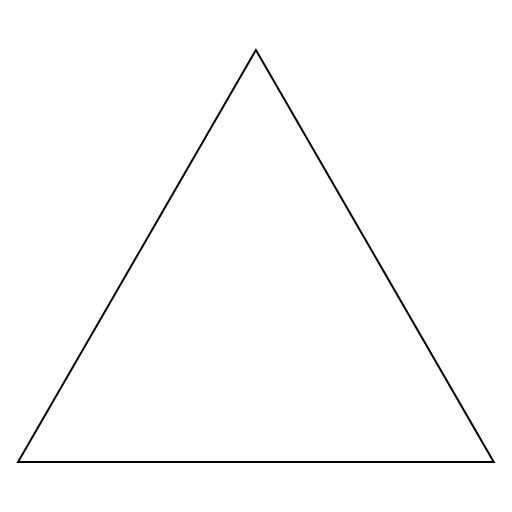
- Arrowhead
The most basic quest pattern, the quest chain starts out broad and easy, the player has to kill some low-level cronies. The next quest is narrower, the player must kill fewer but tougher enemies, lets say the boss’ bodyguards. The last quest is the boss fight, the player has killed the gang and can now kill the boss. This quest pattern is very straightforward and works well, giving rewards either at every stage or only when the boss is dead.
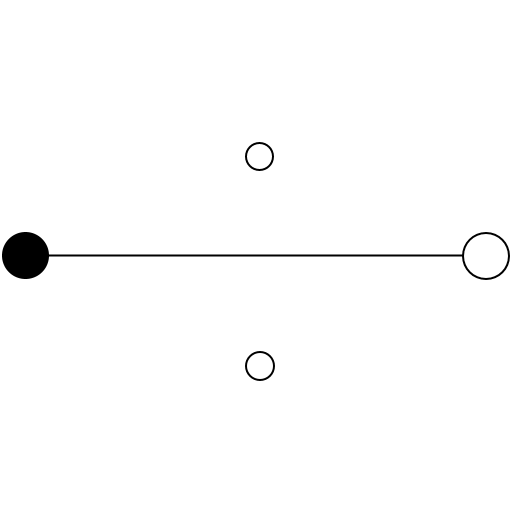
- Side stub
A side stub is an optional part of the overlapping quest.
Lets say quest A leads to quest C but there is an option to complete a side objective B, which makes completing C easier or it changes the reward, for example. The player must escape prison, the side stub is “free the other prisoners” in this example escaping with all the prisoners is voluntary but it might make it easier to overpower the guards or the prisoners might reward the player when he gets them out. The side stub differs from a generic side quest in that it is tied to the main quest directly.
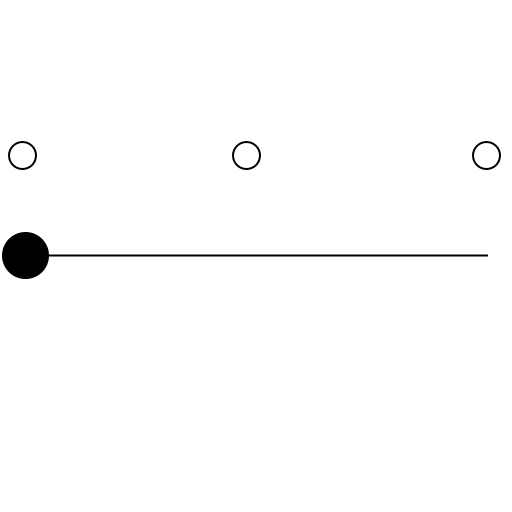
- Continuous side quests
These are side quests that evolve throughout the game, one unlocks the next, but they are also affected by external requirements such as story progress. This patterns is often found with party members in RPG games, where the player must befriend the party member to unlock their story quests.

- Deadline
As the name implies these quests are time sensitive. The task can be of any type, the important thing is that the quest fails if time runs out. This could also be used for a quest with a side quest where the side quest is timed for extra rewards but the main objective is not.

- Deja-vu quests
This kind of quest pattern gives the player a quest they have done or seen before. In some cases this “new” quest will have a twist or something that sets it apart. It can also be the same sort of quest that exists in different areas of the game world, perhaps there are more than one goblin camp? or perhaps the player has to pick berries daily.
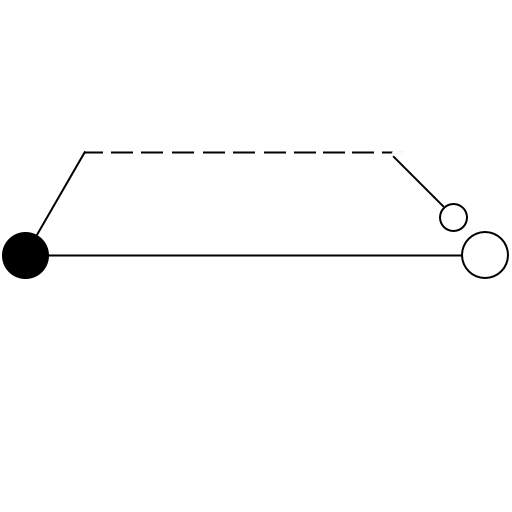
- Delayed impact
Delayed consequences of a previous decision. Often used in games where the story is important and the players’ choices matter. These quests are tied together without the player knowing. Lets say the player is set the optional task of giving a beggar some gold to feed himself. The player gives the beggar a few gold and is on his way. The next time he meets the beggar the beggar has become rich and rewards the player for his kindness with ten times what he gave.
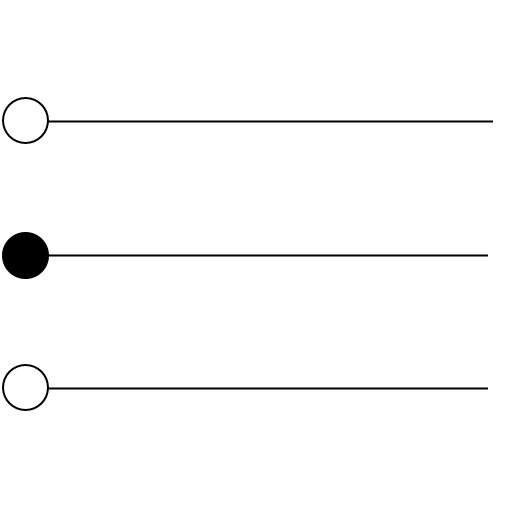
- One of many
The player is presented with a number of quests, they have to choose which one to complete, they can only choose one. The others will not be available.
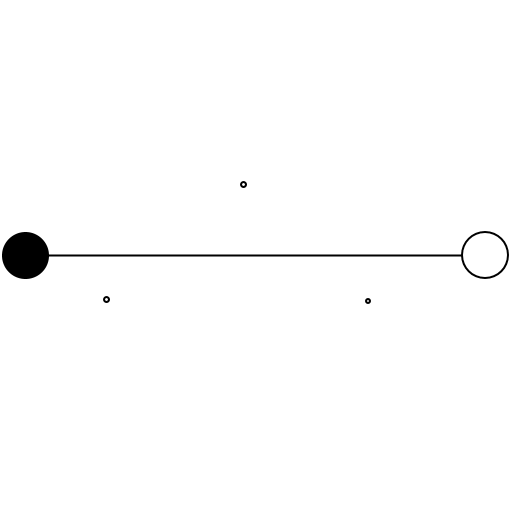
- Hidden quests
Hidden tasks that aren’t obviously quests at first glance or are hidden away for only the most intrepid players to find. This could be an item the player picks up with an inscription in it, if the player then finds the person the inscription is about he can get a reward for delivering it. A good quest pattern for puzzles, these kinds of quests can really make the game world come alive and feel a lot more engaging, allowing the player to uncover secrets, Easter eggs and discover all of the world created for them

- Moral dilemma
Punish the bread thief who stole to feed his family? often used in games that have a good/ evil alignment level for the players, these kinds of quests make the player make a choice about what kind of character they want to play, they get to choose if their character is good or evil.
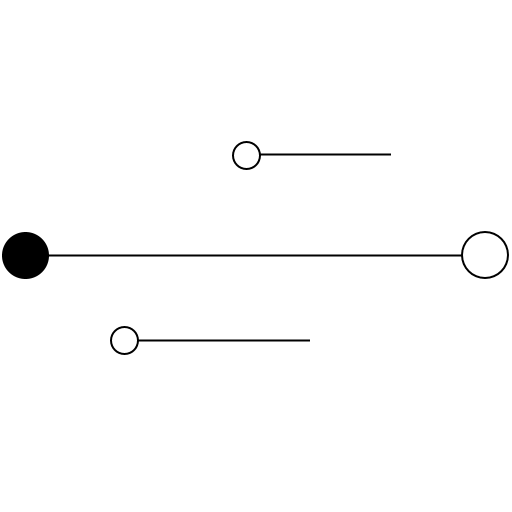
- Side quests
Optional quests, these quests are often found in level based games where the overall quest must be completed to get to the next level, the player can optionally do some extra tasks to get more points. The important part is that these are optional but they give the player a reward for, getting everything they can out of the game.

- Tournament
Tournament style quests, a series of quests that get harder as the player progresses. An example could be a gladiatorial arena, if the player defeats five enemies one after the other he gets rewarded as the champion of the arena, but if for example, he fails at the third, the whole tournament is failed and he has to start all over from quest 1.
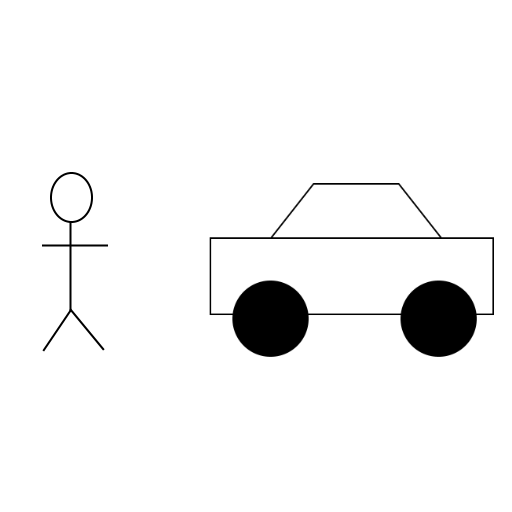
- Vehicle missions
Despite the name these quests are not confined to being about cars, these are simply quests where the players control scheme changes to complete the quest(s). An example could be; changing from running around in the game world to driving a tank to destroy a fort.
Quest superstructure – “The whole package”
With quest superstructures we are venturing into general game design. The superstructure is how the player is allowed to complete quests in the game world. It’s basically a question of whether the game is “open world” or a linear experience.
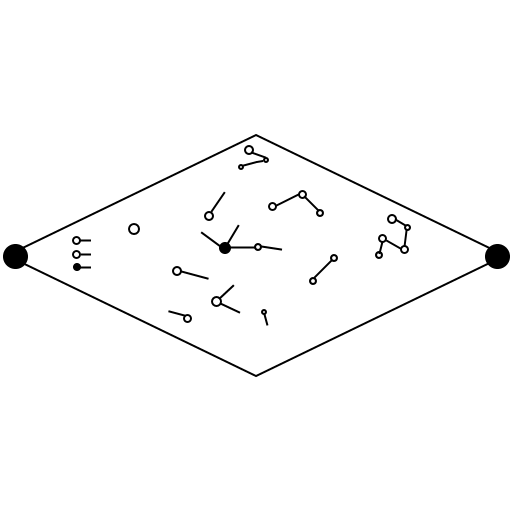
- The diamond structure
The open world model, think games like The Elder Scrolls V: Skyrim, the player is introduced to the game through a quest, but after that they can go wherever, and do whatever quests they want. There are tons of quests of the above types and patterns, the player is free to pick and choose which to do, giving the player the illusion of freedom within the game world (the diamond). However the game still ends by completing a quest that is locked and always a requirement to complete the game. This can of course be varied by different choices the player has made throughout the game or even have multiple endings. Quests can be concentrated into quest hubs, i.e. towns with lots to do or the like, but they don’t have to be completed in a linear fashion

- Linear hub structure
This structure consists of a number of required “bridge” quests that need to be completed in order to unlock the next area or “hub”, each hub can have any number of quests, this could be a town full of people in trouble, each with their own quests and quest chains to complete, when they are all done, the player moves on to the next hub through another bridge quest. Limiting the quest size of the hubs will make the quest structure feel more linear and thereby the game linear, and creating larger more open hubs can make the player feel more free.
Outcome – “So many options!”
The development of custom quest has been the quest to allow game developers to create quests and missions that use these types. However, no matter how well we have researched, some one will come up with a new and creative way of doing quests.
The solution for us, was to make the system more customizable. Letting users convert their quest prefabs to quest scripts that automatically inherits the core functionality, so the user can freely add their own additional functionality on top of the existing core
Asset development as fuel – “A learning experience”
Developing this way, splitting the production into sub systems that can function on their own and even be used by others is not something that should be taken lightly, but if you can build something lasting, something others can find value in using, then the final product will be all the better for it. Custom Quest started as a project we thought could be completed in a couple of months, it ended up taking 7.
In part this is because we realised that if we were going to release the system, we might as well do it right, that meant creating a system that was customizable and robust, a system that can be added to the users game and not the other way around, a system we could be proud of.
The experience of developing for other developers is quite different to developing a game. One that has made us much stronger as programmers and as a company, it forced us to think in new ways, in order to create a dynamic and customizable solution. Custom quest has evolved from and asset we could use in Quest Accepted, into a tool others can use to create a unique game experience. All in all, the experience has been a good one and Random Dragon is stronger for it, I would however recommend thinking about your plugin and extra time before you start developing.
